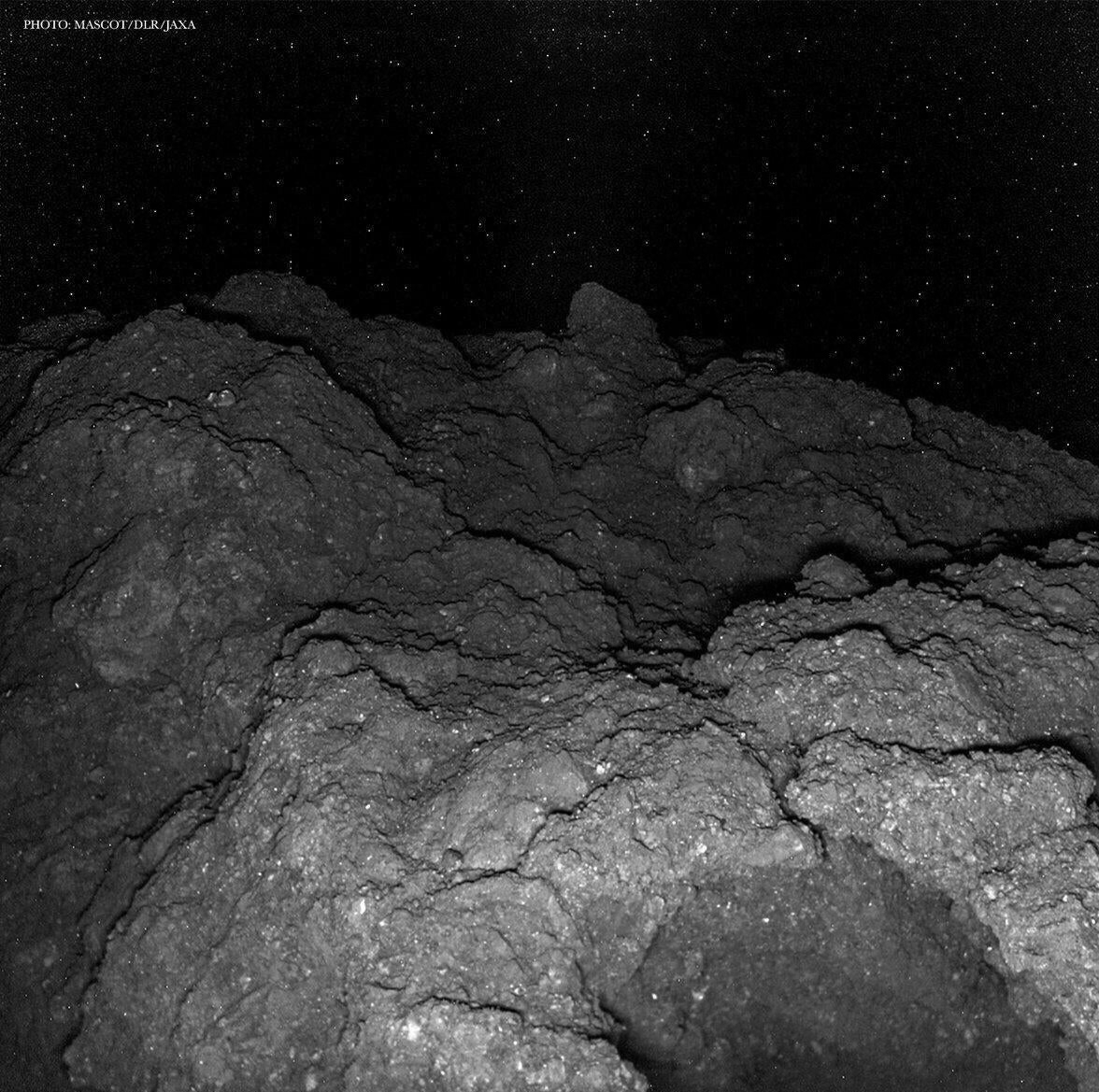this post was submitted on 14 Aug 2023
176 points (98.9% liked)
BeWowed
698 readers
1 users here now
A friendly place for people to share exceptionals videos and images that will leave other users ~~speechless~~ wowed!
Community Rules:
- No hate, be respectful
- No spam
- No self-promotion
- No Illegal Content
- No Porn/Sexually Explicit Content
founded 1 year ago
MODERATORS
you are viewing a single comment's thread
view the rest of the comments
view the rest of the comments

What blows my mind about photos of other bodies in the solar system like Ryugu or even Mars isn't just the technology or the alien-ness... it's the fact that there isn't one microbe worth of life in that photo. That's basically impossible on Earth. There is life in the deepest trenches and in the stratosphere. In freezing Antarctica and at the rim of volcanoes. Even under volcanoes.
But that photo of Ryugu? Not so much as a phage or virus, let alone a living thing.
And that's most of the universe.
As far as we know, anyway, and we know very little. I don't think we can say that most of the universe is lifeless with any confidence at this point.
Yeah, our inability to find proof of life outside our planet has more to say about our technology than it has to say about whether there is other life out there. It would be quite the leap to confuse our inability to find it with it not being there.
I completely agree with you
I wouldn't be so sure about that. There's organisms that can survive in space for a very long time, and the probe & lander probably brought some there. Desinfecting space crafts never kills 100% of the microbial life. Also, Ryugu is an asteroid, not a comet - typically formed by collisions of larger bodies. And where there is rock, there was once heat - and if there was water, too, microbes MAY have formed. It's unlikely that any organism hibernates for millions of years, but not impossible: https://nerdist.com/article/830-million-year-old-microorganisms-could-still-be-alive/
On this, you are very likely wrong. Unless you count stars & empty space. Chances are that most planets with geological activity have the potential for primitive life forms, and hopefully, the jupiter icy moons explorer and followup missions will give us an idea about extraterrestrial life even within our own solar system.
I very much do.
You just blew my mind, thank you!